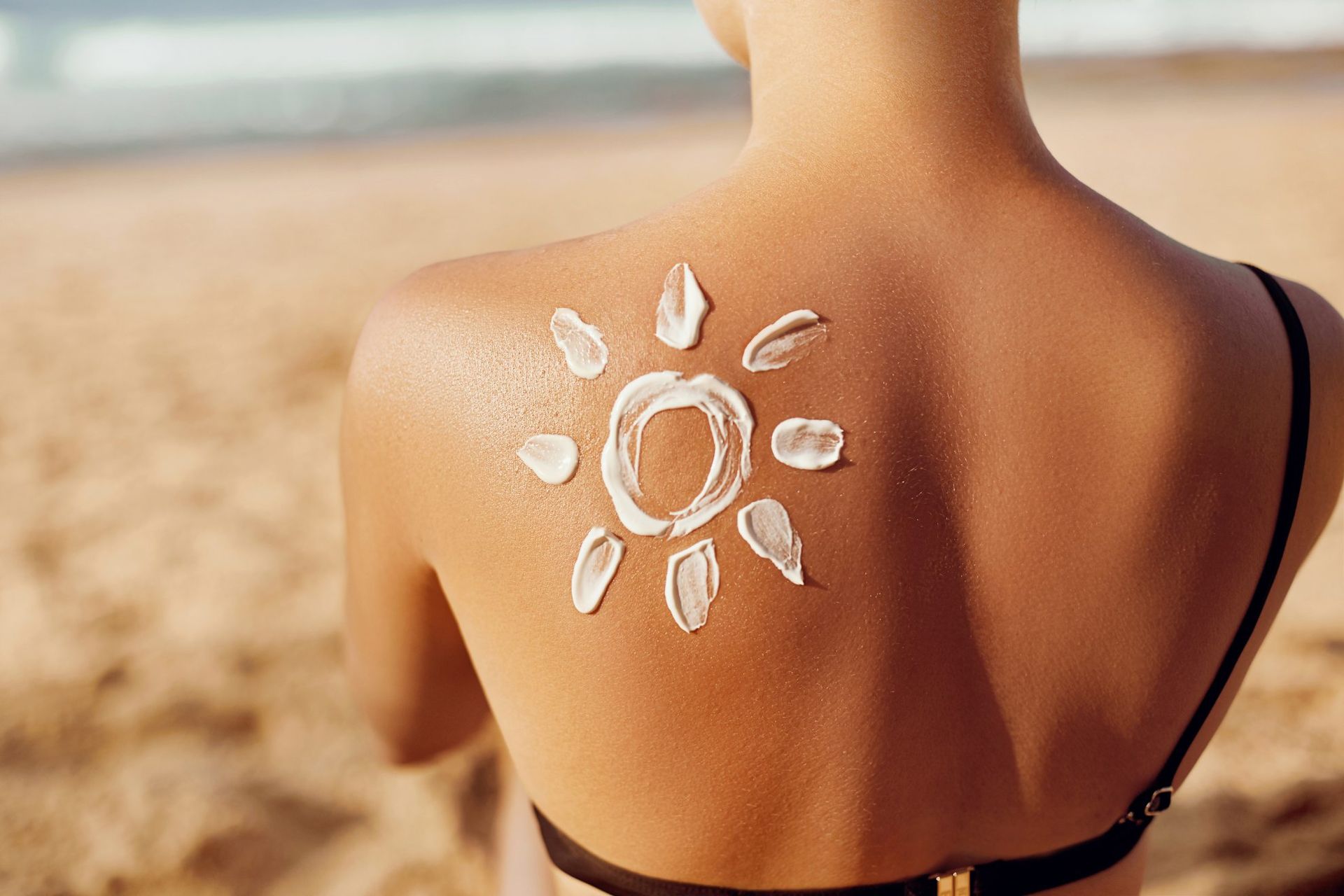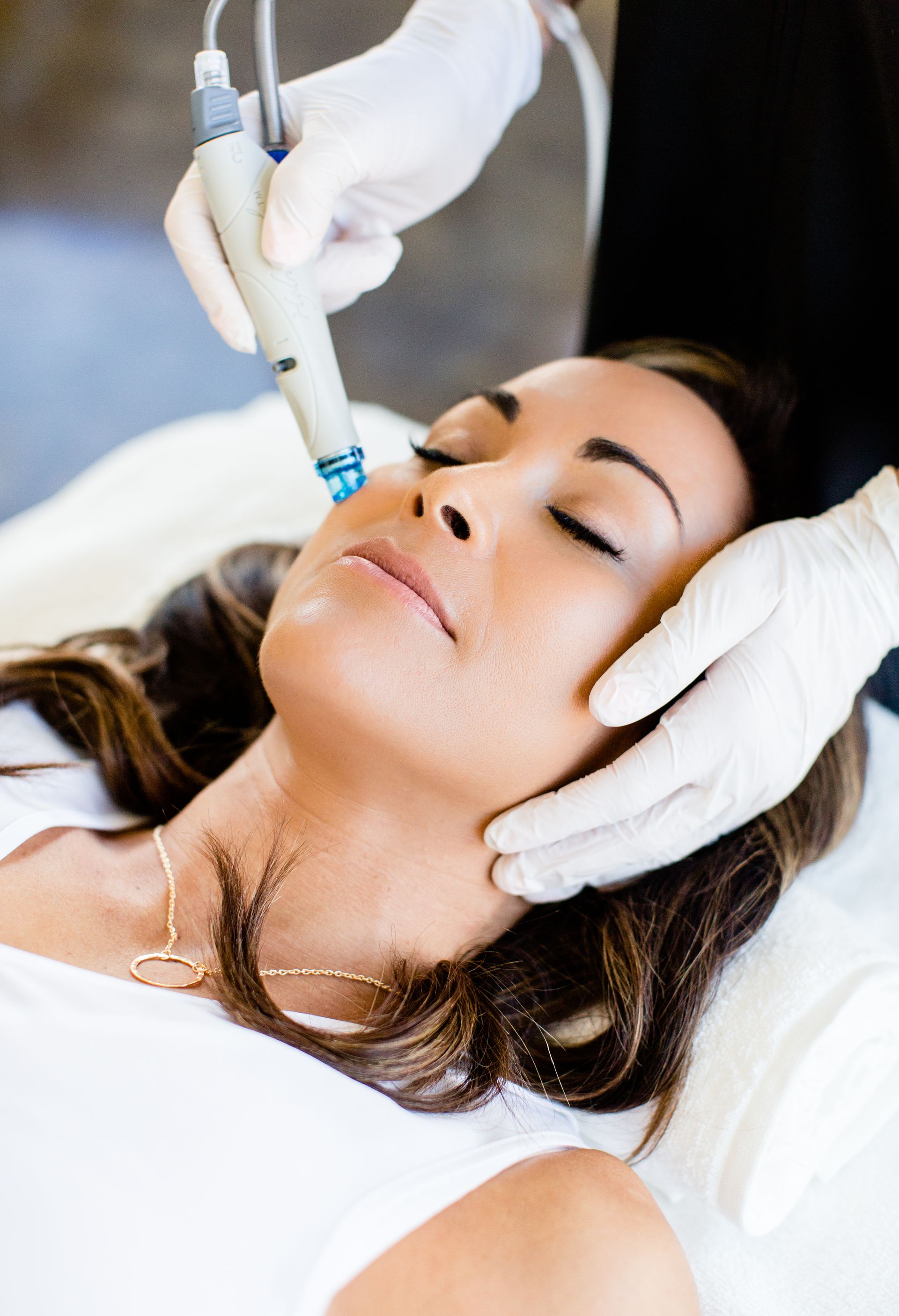Pro Tips from a Dermatologist Series: How to Stop Hair Loss and Promote Growth
This post is part of our biweekly series “Pro Tips from a Dermatologist,” where you can receive tangible tips and all the latest in skincare directly from Santa Monica’s premier dermatologist. To have skincare tips sent directly to your inbox, sign up for our newsletter.
Hair loss and thinning is a struggle facing many men and women as they age, but the sooner it’s addressed, the better your chances of slowing its progress and keeping your hair looking stronger and thicker. Try out these three simple steps for lusher, longer, healthier hair, and read Dr. Sadeghi’s advice on when to act.
Tip 1: Take Your Vitamins
A balanced diet provides all the vitamins and minerals most people need for good health — including healthy hair. However, some people have vitamin deficiencies that require supplements to boost levels and deliver benefits. If you notice thinning hair or hair loss, talk to your doctor about having a lab workup to test your blood for key vitamins and minerals. If you’re found to have a deficit, your physician might recommend taking one of the following as a supplement:
- Vitamin D: produced in humans when ultraviolet rays from the sun strike the skin
- Iron: found in many types of food including red meat, poultry, tofu, greens, dried fruits, and nuts; creates hemoglobin that helps carry oxygen through your blood
- Biotin: also known as vitamin B7; breaks down fats and carbohydrates and is found in egg yolks, oats, mushrooms, and spinach
- Nutrafol: a multi-vitamin natural supplement said to increase hair volume and reduce shedding
Insider tip: Be cautious when supplementing your diet.
Too many vitamins and minerals can have an adverse effect. Only take vitamin supplements under the advice of your physician.

Tip 2: Check for Hormone Imbalances that Lead to Hair Loss
Here’s the bad news: our hormones can fluctuate wildly as we age, resulting in many side effects such as hair thinning and hair loss.
The good news? That can be easily remedied with some hormone testing and possible hormone replacement therapy (HRT).
Thyroid issues, elevated testosterone levels, and low estrogen secondary to menopause can all contribute to hair issues — but all can be treated by balancing out-of-whack hormones (which has numerous other health benefits, as well).
If you think you could benefit from HRT, schedule an appointment with your primary care doctor.

Tip 3: Get Your Stress Levels Under Control
Hair loss causes a lot of stress. But stress also causes hair loss. You can see how it can become a vicious cycle. It’s time to break that cycle for good by prioritizing self-care and building healthy habits and routines, like these top three stress-busters:
- Meditating daily
- Getting regular exercise
- Dedicating more time to sleep and rest
This stress-related hair shedding is called
telogen effluvium, and you may notice it for 6-12 months after a period of severe stress or heightened emotions. Fortunately, it is self-resolving… if you resolve your stress triggers.

Ask the Doctor: When is the Best Time to Treat Hair Thinning and Hair Loss?
This week’s question:
Dear Dr. Sadeghi, I have been experiencing hair loss with noticeable hair thinning. How soon should I address my hair loss and what is the best treatment for hair growth? - Pat K.
Hi Pat,
When it comes to slowing hair loss, the time to act is now. The window to reverse hair thinning and loss is brief, but do not be discouraged — there are still many steps you can take right away to see improvements.
There is no silver bullet solution to hair loss, and I find a multi-therapeutic approach is best. I recommend a combination of vitamin supplementation, prescription shampoos, systemic/topical minoxidil, finasteride (for post-menopausal women), and a series of Platelet-Rich Plasma (PRP) injections to stimulate hair growth.
Platelet-rich plasma therapy is a ground-breaking new advancement in hair treatment that utilizes one’s own growth factors to nourish hair follicles and stimulate new growth.
The PRP process is relatively simple. Your doctor draws your blood and spins it in a centrifuge to draw out the platelet-rich plasma. It is then injected into the scalp in four monthly sessions that take just 10 minutes.
I hope this encourages you to take action and take control so you can get back stronger, thicker, healthier hair!
- Dr. Sadeghi

About the Author
Dr. Parrish Sadeghi, Board-Certified Dermatologist
A graduate of UCLA and Albany Medical College, Dr. Parrish Sadeghi has over 20 years experience as a medical and cosmetic dermatologist. She is board-certified by the American Board of Dermatology and a fellow of the American College of Mohs Surgery and the American Academy of Dermatology. As a dermatologist at Pure Dermatology, she prides herself on offering personalized care to both children and adults. Learn more about Dr. Sadeghi here.







